7 AI-Powered Tools to Enhance Productivity for Data Scientists
Discover how AI-Powered Tools like DataRobot, H20.ai, BigPanda, HuggingFace can enhance your Productivity as a Data Scientist.
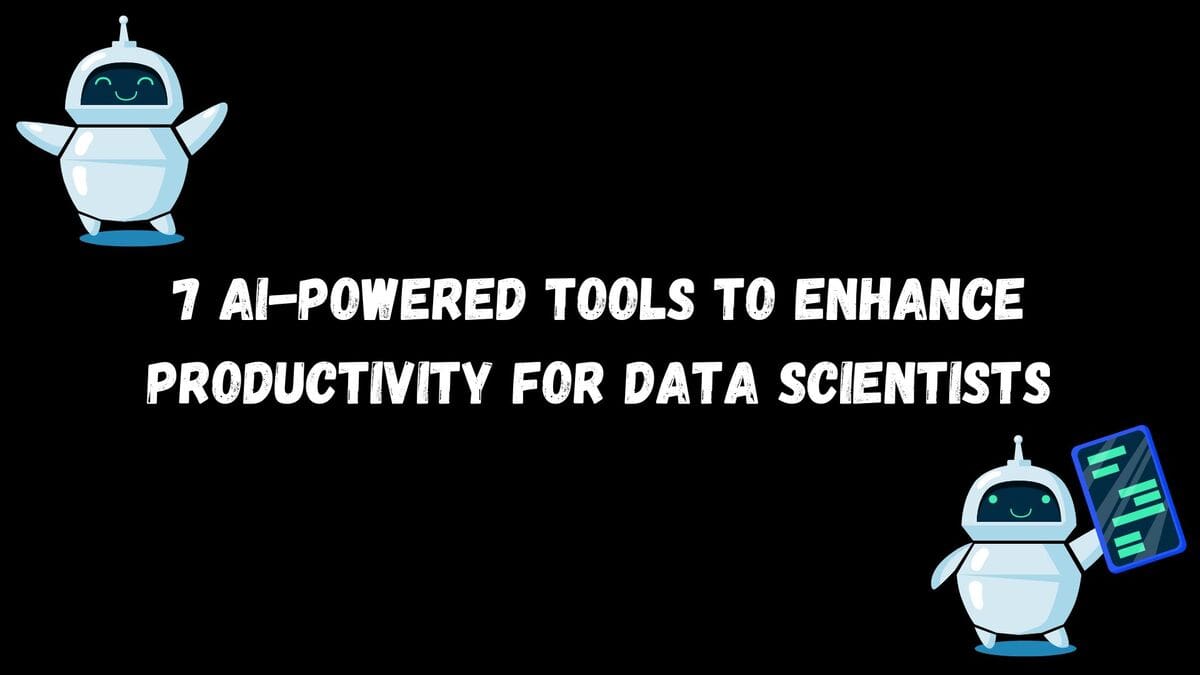
Image by Author
This article will discuss 7-AI Powered tools that can help you to boost your productivity as a data scientist. These tools can help you to automate the tasks like data cleaning and feature selection, model tuning, etc., which directly or indirectly make your work more efficient, accurate, and effective and also helps to make better decisions.
Many of them have user-friendly UIs and are very simple to use. At the same time, some allow data scientists to share and collaborate on projects with other members, which helps in increasing the productivity of teams.
1. DataRobot
DataRobot is a web-based platform that helps you automate building, deploying, and maintaining machine learning models. It supports many features and techniques like deep learning, ensemble learning, and time series analysis. It uses advanced algorithms and techniques that help build models quickly and accurately and also provides functions to maintain and monitor the deployed model.
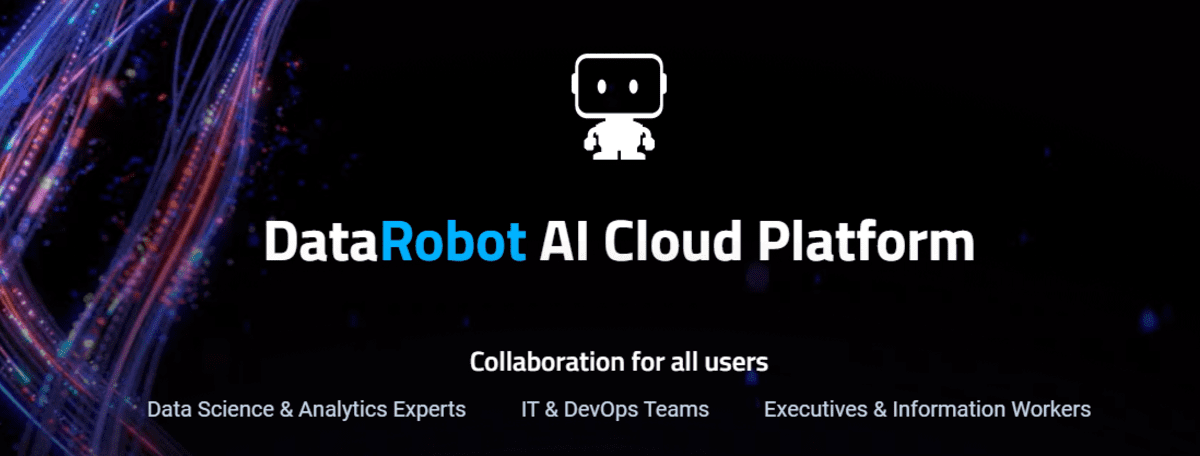
Image by DataRobot
It also allows data scientists to share and collaborate on projects with others, making it easier to work as a team on complex projects.
2. H20.ai
H20.ai is an open-source platform that provides professional tools for data scientists. Its main feature is Automated Machine Learning (AutoML) which automates the process of building and tuning the machine learning models. It also includes algorithms like gradient boosting, random forests, etc.
Being an open-source platform, data scientists can customize the source code according to their needs so that they can fit it into their existing systems.

Image by H20.ai
It uses a version control system that keeps track of all changes and modifications pushed in the code. H2O.ai can also run on cloud and edge devices and supports a large and active community of users and developers who contribute to the platform.
3. BigPanda
BigPanda is used for automating incident management and anomaly detection in IT operations. In simple terms, anomaly detection is identifying patterns, events, or observations in a dataset that deviates significantly from the expected behavior. It is used to identify unusual or abnormal data points that may indicate a problem.
It uses various AI and ML techniques to analyze log data and identify potential issues. It can automatically resolve incidents and reduce the need for manual intervention.
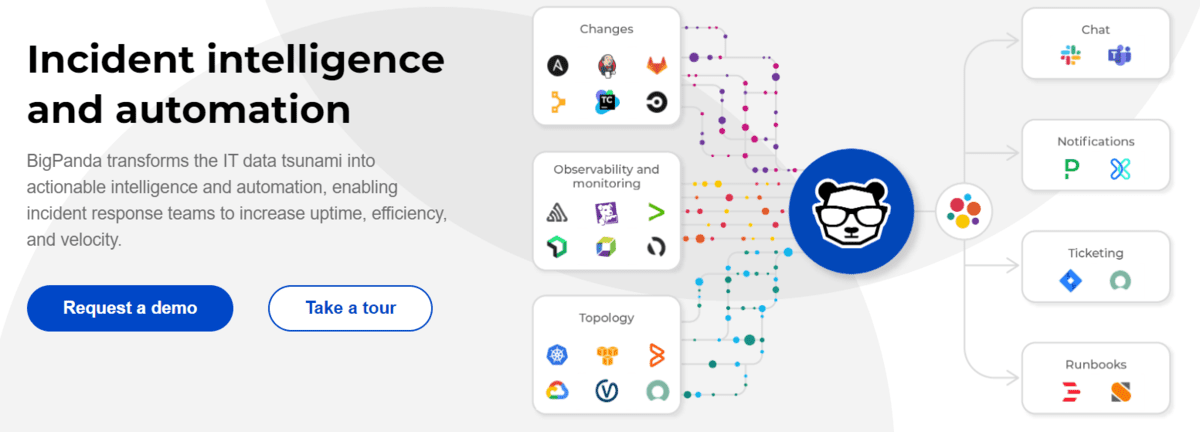
Image by BigPanda
BigPanda can monitor systems in real-time, which can help to identify and resolve issues quickly. Also, it can help identify the root cause of incidents, making resolving problems easier and preventing them from happening again.
4. HuggingFace
HuggingFace is used for natural language processing (NLP) and provides pre-trained models, allowing data scientists to implement NLP tasks quickly. It performs many functions like text classification, named entity recognition, question answering, and language translation. It also provides the ability to fine-tune the pre-trained models on specific tasks and datasets, allowing to improve the performance.
Its pre-trained models have achieved state-of-the-art performance on various benchmarks because they are trained on large amounts of data. This can save data scientists time and resources by allowing them to build models quickly without training them from scratch.
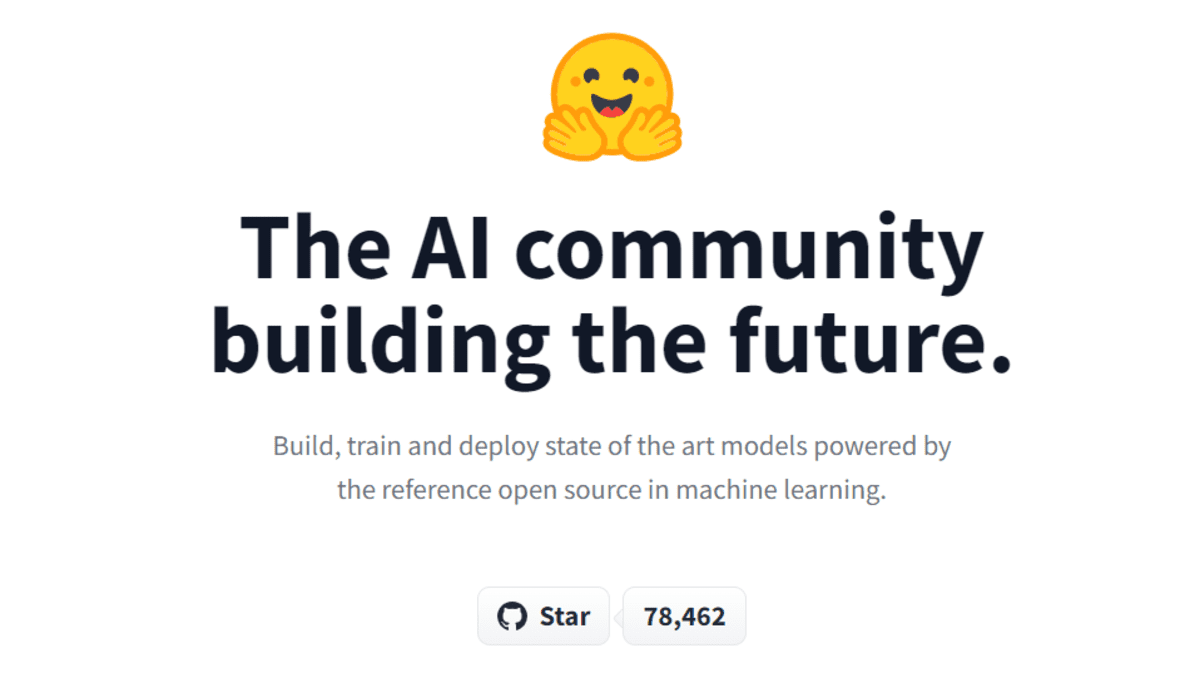
Image by Hugging Face
The platform also allows data scientists to fine-tune the pre-trained models on specific tasks and datasets, which can improve the performance of the models. This can be done using a simple API, which makes it easy to use even for those with limited NLP experience.
5. CatBoost
CatBoost library is used for gradient boosting tasks and is specifically designed for handling categorical data. It achieves state-of-the-art performance on many datasets and supports speeding up the model training process due to parallel GPU computations.

Image by CatBoost
CatBoost is most stable and robust to overfitting and noise in the data, which can improve the generalization ability of the models. It uses an algorithm called “ordered boosting” to iteratively fill in missing values before making a prediction.
CatBoost provides feature importance, which can help data scientists understand each feature's contribution to the model predictions.
6. Optuna
Optuna is also an open-source library mainly used for hyperparameter tuning and optimization. This helps data scientists to find the best parameters for their machine-learning models. It uses a technique called "Bayesian optimization" which can automatically search for the optimal hyperparameters for a given model.
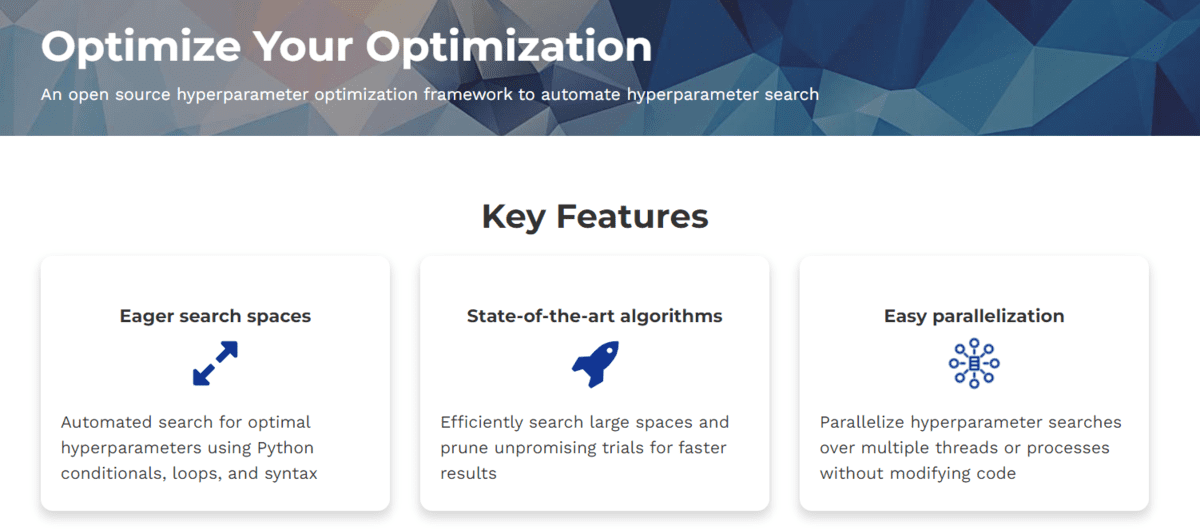
Image by Optuna
Its other main feature is that it can be easily integrated with various machine learning frameworks and libraries like TensorFlow, PyTorch, and scikit-learn. It can also perform simultaneous optimizations of multiple objectives, which gives a good trade-off between performance and other metrics.
7. AssemblyAI
It is a platform for providing pre-trained models designed to make it easy for developers to integrate these models into their existing applications or services.
It also provides various APIs like speech-to-text or natural language processing. Speech-to-text API is used to get the text from audio or video files with high accuracy. Also, the natural language API can help processing tasks like sentiment analysis, image-entity recognition, text summarization, etc.
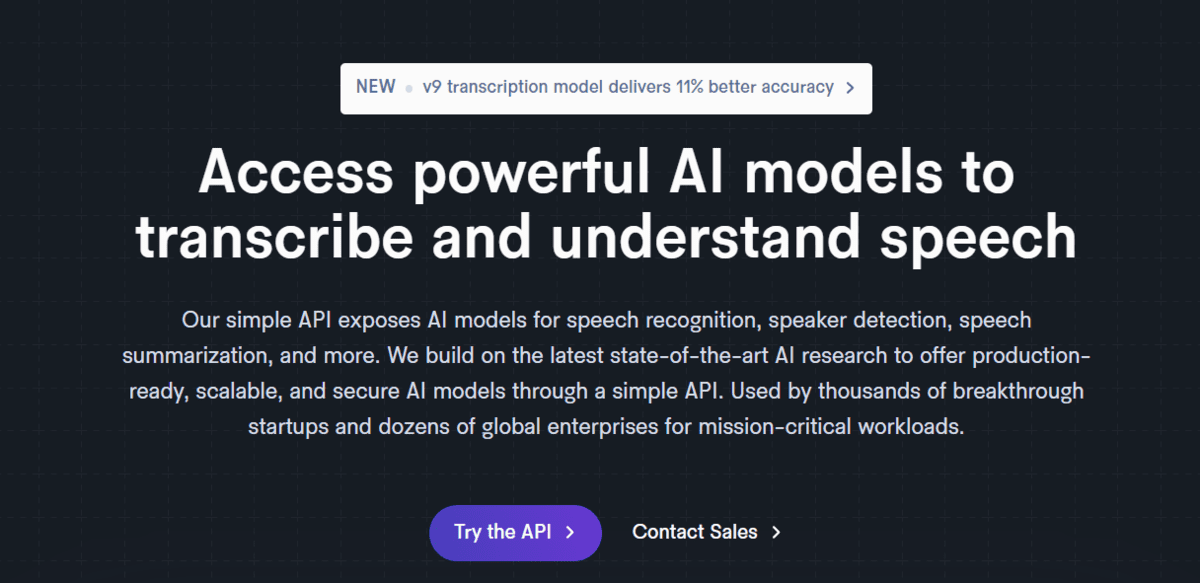
Image by AssemblyAI
End Note
Training a machine learning model includes data collection and preparation, exploratory data analysis, feature engineering, model selection and training, model evaluation, and finally, model deployment. To perform all the tasks, you need the know-how of the various tools and commands involved. These seven tools can help you to train and deploy your model with minimum effort.
In conclusion, I hope you have enjoyed this article and found it informative. If you have any suggestions or feedback, please reach out to me via LinkedIn.
Aryan Garg is a B.Tech. Electrical Engineering student, currently in the final year of his undergrad. His interest lies in the field of Web Development and Machine Learning. He have pursued this interest and am eager to work more in these directions.
